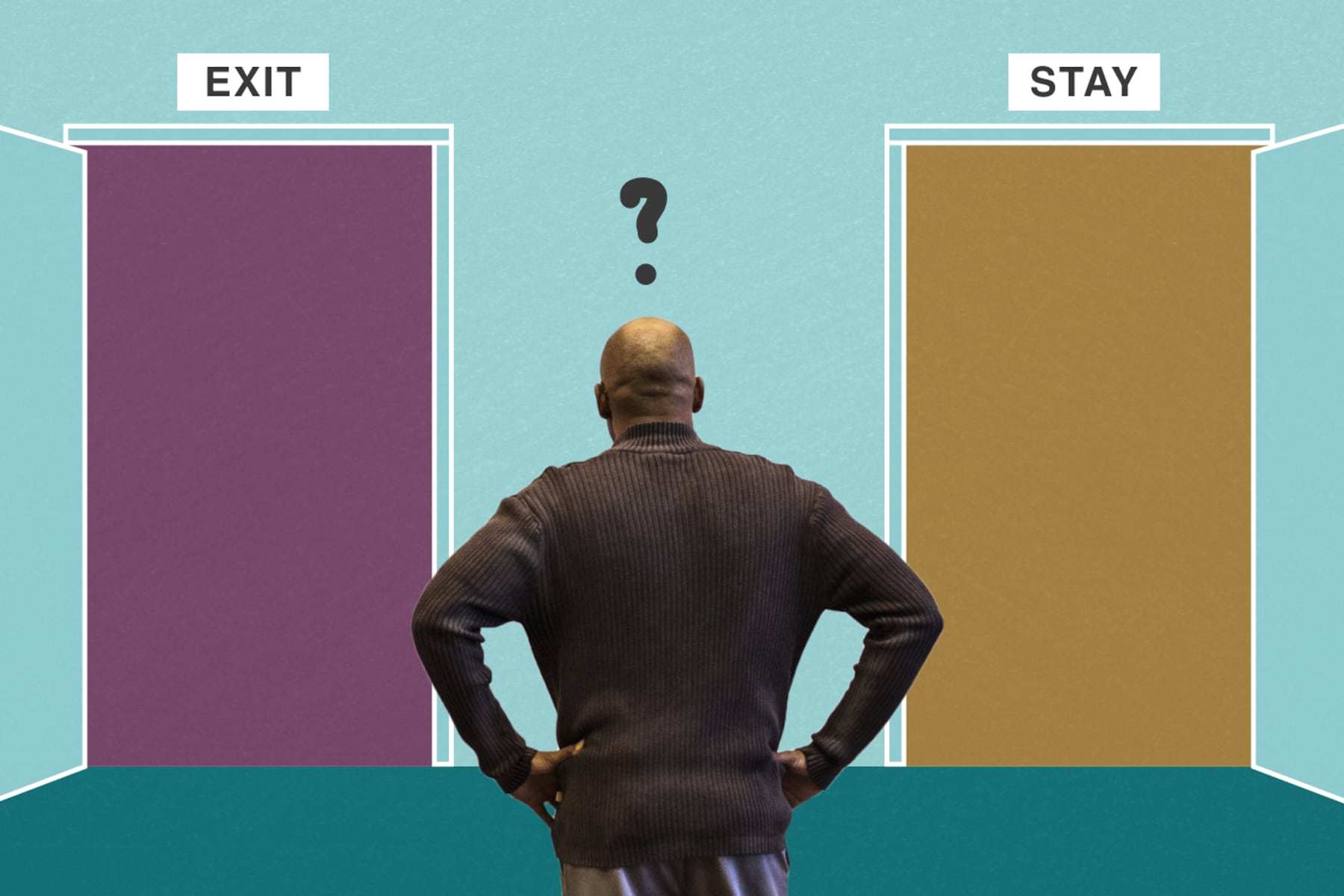Dr. Kem,
How do you know when to leave education?
The last few years have been a lot, as we all know. And I have pushed forward, and am beginning my 24th year in education.
However, it is harder and harder to shake my frustration about things that I cannot change but impact me as a school leader. I do not want to be the bitter leader that poisons the culture of my school. Nor do I want my negative vibe to show to parents and students.
How do I know it’s time for either a position change in education or leave education altogether? — Gearing for Goodbye
[Are you a teacher? Submit your question for our advice column here.]
Gearing for Goodbye,
A celebration is in order. You are starting your 24th year as an educator, and as a school leader, you have undoubtedly had an impact on the lives of many children.
Dolly Parton once said, “If your actions create a legacy that inspires others to dream more, learn more, do more and become more, then, you are an excellent leader.”
Great leaders have the ability to create vision and values, and then establish frameworks of thinking that support action. They inspire action!
That also means inspiring actions in ourselves.
Staying in your current position will depend largely on whether you have accomplished what you set out to achieve as a school leader.
As you consider whether to stay or to go, assess and make a list of all of the things you currently feel you cannot change and how these things impact you personally. You can use a decision tree to help you decide.
Your job should be an occupation and not a definition, which means you can’t allow a negative environment to change you for the worse.
If you lean toward leaving, here are the two most important questions you need to be able to answer because the vision you have for your building should carry on after you depart.
Your new focus should be a smooth transition that compliments your skill level.
1. Who will be your successor?
The teacher whose classroom I inherited worked the same job for 42 years. Her boss had been asking her to retire because, according to retirement system rules, she was losing money by continuing as a classroom teacher. She said she could not leave until someone she trusted took over. Her boss became my boss and he was the best mentor EVER!
Gearing for Goodbye, do you remember your first year of teaching or your first year as a principal? Were there mistakes that you made that could help someone else avoid? I know I can look back and laugh at myself as a new teacher. So many mishaps. Like the time I brought in a class pet when my principal had a no-animals policy.
It is time to leave your current position when you have found a mentee to take your place.
A successor who crosses your path will appreciate you beyond words and help ensure your work continues to impact generations to come.
2. What will your mentor say?
A mentor, an experienced and trusted advisor, can help you develop your personal leadership plan.
In my graduate coursework, I wrote a career plan using a model similar to this one found on Northeastern University’s blog. My plan included five goals and the dates I would complete them.
Think about your life plan. Was being a school leader the last thing on your to-do list or were there other ambitions?
A mentor has the experience and trust to encourage you to spread your wings and take the next step. If you do not have a mentor, consider following these steps to find one you can trust.
There are many opportunities to continue to support school-aged children and strengthen the education system without working directly in schools.
Former teachers can be found in many facets of society. Some chose curriculum writing or substitute teaching. Others go into nonprofit work or grant writing.
John Waldron, a former social studies teacher is now a member of the Oklahoma House of Representatives where he lobbies on behalf of public education. Frederick Minner, one of my former principals, is an author and a consultant who recently started a podcast.
Embrace change that empowers you as an individual while still advocating for students, families, and communities.
Gearing for Goodbye, I encourage you to make your next move your best move.
Dr. Kem Smith is Chalkbeat’s first advice columnist. She is a full-time 12th-grade English teacher in St. Louis, Missouri. Submit your question to Dr. Kem via this submission form, and subscribe to How I Teach to receive her column in your inbox.
If you have a rebuttal or additional advice you’d like to share with Gearing for Goodbye, please email afterthebell@chalkbeat.org







